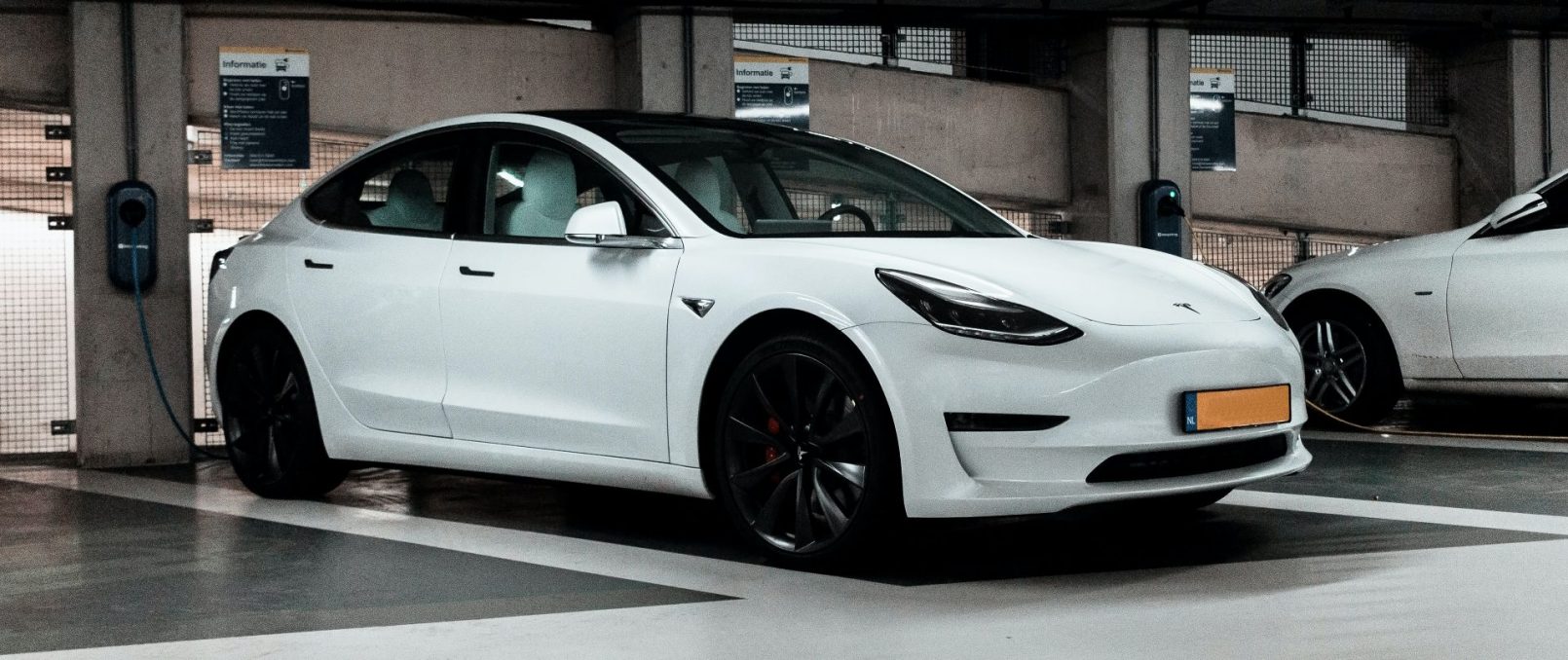Living with an Electric Vehicle takes some getting used to but careful planning and research will make for an easier transition.
As with any significant lifestyle change – switching to electric works best when you have done your research and made plans to help you adjust to the change.
The first concern we usually hear about making the switch to electric, is whether the range of the EV will be enough for daily transportation needs.
Energy consumption in a BEV is measured in miles per KiloWatt hour (mi/kWh), which functions in a similar fashion to miles per gallon. A good rule of thumb for EV efficiency is that you should be able to achieve 3.5mi/kWh, therefore an EV with a fully charged 35kW battery driven efficiently would provide around 120 miles of range (before regenerative braking is factored into the calculation). Modifying your driving style for improved efficiency would improve these figures and could potentially improve the range of your EV in the process.
Things to Consider
Cold weather can cause an EV’s range to drop by 10-20% if the battery is not preconditioned. Range also tends to decrease as the battery gets older, therefore you may find a second-hand EV does not have the range to travel as far as a newer EV before it needs to be charged again.
However, all BEVs offer the opportunity to gain some of the vehicle’s range back through regenerative braking. When the vehicle is braking, it converts the kinetic energy into energy to recharge your vehicle, which can add extra miles to your battery’s range. As EV manufacturers may offer varying levels of regenerative braking, it is important to try this feature out during a test drive to help understand how to drive your vehicle most efficiently.
While living with an EV does take some getting used to, we have heard many EV drivers say they would never buy a vehicle with a petrol or diesel engine ever again. Do not forget that if you make the switch, you are likely to benefit from low running costs and lower maintenance costs.
Charging your Electric Vehicle
The best place to start when thinking about how an EV will fit into your lifestyle is to identify the charging options you have close to your home, workplace or at any locations you frequently visit.
In order to charge your EV, you first need to find a charging unit that offers a connector that is compatible with your vehicle. One of the best ways to understand the type of connector you will need is to open your vehicle’s charging socket and compare the style of the charging port to the images below.
The most common charging ports that EVs are manufactured with include Type 2, CHAdeMO and CCS.
 |
Type 2 connectorTypical output: 3kW, 7kW, 22kW, 43kW Type 2 is the most common charging port configuration for EVs in the UK as both vehicles with CHAdeMO and CCS connectors typically have a Type 2 charging port. Charging example: Most charging units with a Type 2 connector utilise the AC electric current of a charging unit to charge most smaller EV batteries within a couple of hours (with the exception of the 43kW connector, which charges the battery faster). |
 |
CHAdeMO connectorTypical output: 50kW CHAdeMO was initially adopted as the standard charging port configuration for EVs manufactured in Japan and Korea but is starting to become less popular in Europe. Charging example: A CHAdeMO connector will utilise the DC electric current of a charging unit to charge some compatible EV batteries to 80% in 20-40 minutes. |
 |
CCS connectorTypical output: 50kW, 100kW, 150kW Combined Charging System (CCS) is fast becoming the standard for modern EVs in Europe and many EV manufacturers now only produce EVs with CCS charging ports. Charging example: A CCS connector will utilise the DC electric current of a charging unit to fully charge most of the latest EV batteries in less than an hour. |
Once you have identified a suitable charging unit to charge your EV’s battery, you will need to understand how to start a charging session. As there is more than one EV charging network in Scotland, you may need to order an RFID card or download a smartphone app to start a charging session. Zap Map and Plugshare are helpful tools for understanding how to access these units and calculating the cost of charging your EV.
If you are a member of the ChargePlace Scotland network, you can access locations of all publicly accessible charge points on the network by viewing the ChargePlace Scotland Live Map. The Live Map provides details about the location, facilities, type, status and live availability of each charge point on the ChargePlace Scotland network.
Next page
